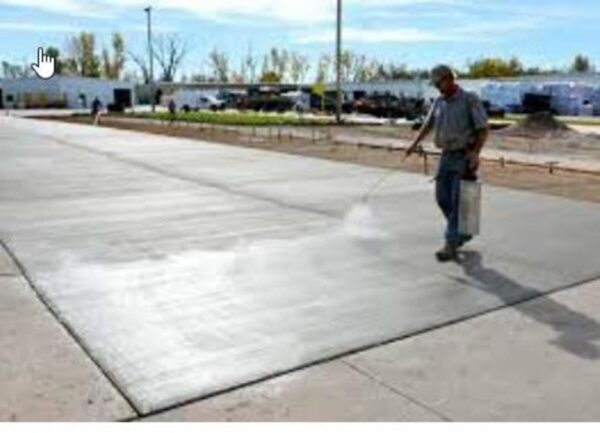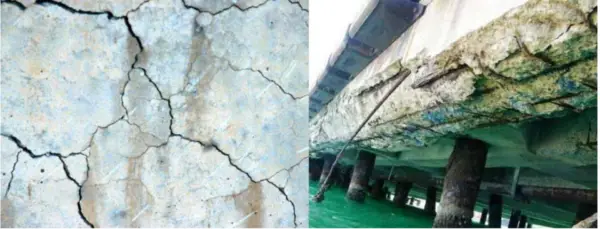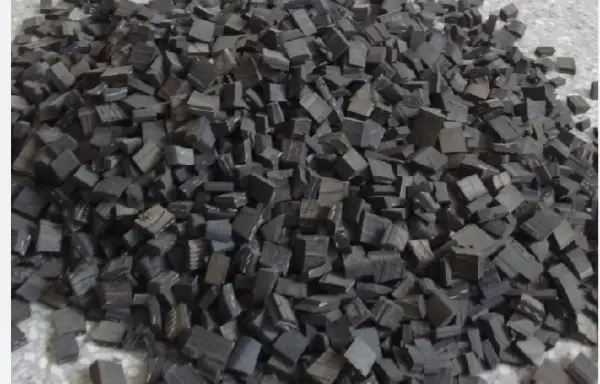Graded aggregates are aggregates that have been specifically sorted by size into appropriate classifications.
The sorting of aggregates by size is known as grading.
A well or properly graded aggregate will have a range of particle sizes that allow for strength, workability, and other properties needed for construction applications.
Graded aggregates are used extensively in concrete mixes and asphalt.
The grading provides a balance of fine and coarse aggregates within the mixture.
Having variation in the aggregate sizes allows particles to effectively pack tightly together in the mixture, minimizing voids.
This leads to optimized density and strength properties once the concrete or asphalt cures.
What is Grading of Aggregates?
A graded aggregate varies in sizes ranging from fine sand to coarse stones and gravel.
Standard classifications exist to categorize different sizes of aggregates.
In the United States, common gradation specifications include maximum aggregate size, number of size groups, and a range of allowable sieve sizes within each grouping.
Common names for aggregate sizes correspond to standard sieve designations through which the aggregates pass.
For example, a 3/8” to 4 aggregate range means 100 percent of the particles pass through a 3/8 inch sieve but do not pass through the 4 sieve.
Other considerations for effectively graded aggregates include the overall aggregate gradation blend, particle shape characteristics, surface texture, and potential segregation of mixture components.
Well-graded refers to a good representation of all particle sizes intended for the specified gradation.
Use of Graded Aggregates
Using graded aggregates optimized for a given application results in concrete and asphalt that meet design standards for strength, stiffness, durability and other engineering requirements.
In summary, graded aggregates provide varied but controlled sizing to achieve improved density, interlocking capabilities, stability, and strength once incorporated into construction materials like concrete and hot mix asphalt.

types of graded aggregates
- Single-sized aggregate– Composed of granular material in a narrow size range, with most particles passing through one screen size and retained on the next smaller screen opening size.
- Open-graded aggregate– Contains little or no fine aggregate particles, so there are more void spaces between the larger aggregate particles.
- Well-graded aggregate– Has a good distribution of particle sizes from large to small, containing a low percentage of voids.
- Gap-graded aggregate– Lacks gradation for certain intermediate particle sizes but meets the minimum and maximum aggregate size requirements.
- Close-graded aggregate– Dominated by small-sized aggregate particles with very few large-sized particles. Generates minimal voids between particles.
The type of graded aggregate selected depends on the desired properties and performance needed for projects like concrete mixes, road surfaces, embankments, drainage applications, and trench backfills.
sizing of aggregates
- Aggregate sizing refers to the sorting of aggregates by particle size and classification into size groupings. This is known as aggregate grading.
- Standardized sizing classifications have been developed based on passing aggregates through a series of stacked sieves with different size mesh openings.
- Common names refer to standard sieve sizes. For example, “3/4 inch aggregate” means the aggregate passes a sieve with 3/4 inch openings but is retained on a 1/2 inch sieve below it.
- Some common major aggregate sizes used in construction include:
- Coarse aggregate – larger than 4.75mm particle size (broken stones/gravel)
- Fine aggregate – less than 4.75mm (natural sand)
- All-in aggregate – has a wide grading ranging from fine to coarse sizes
- Well-graded indicates an aggregate has a good distribution of particle sizes from large to small. These have fewer voids when used in concrete or asphalt mixes.
- Maximum aggregate size and aggregate size number help categorize gradations. These help ensure aggregates are suitable for application (e.g. strength concrete, road bases).
- Other considerations include the overall blend, particle shape, and preventing segregation within the mix design. Controlled, balanced sizing provides improved properties.

purposes of using graded aggregates
- Optimize Density and Reduce Voids
- Improve Workability
- More Stable Structural Properties
- Uniform Moisture Retention
- Possible Economic Benefits
Careful selection and proportioning of graded aggregates by size results in versatile, robust construction materials tailored to meet application requirements in a reliable, consistent manner for strength and longevity.






